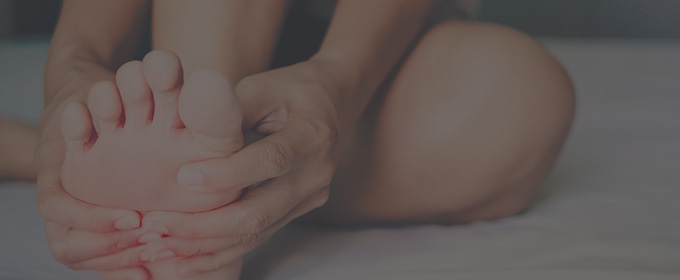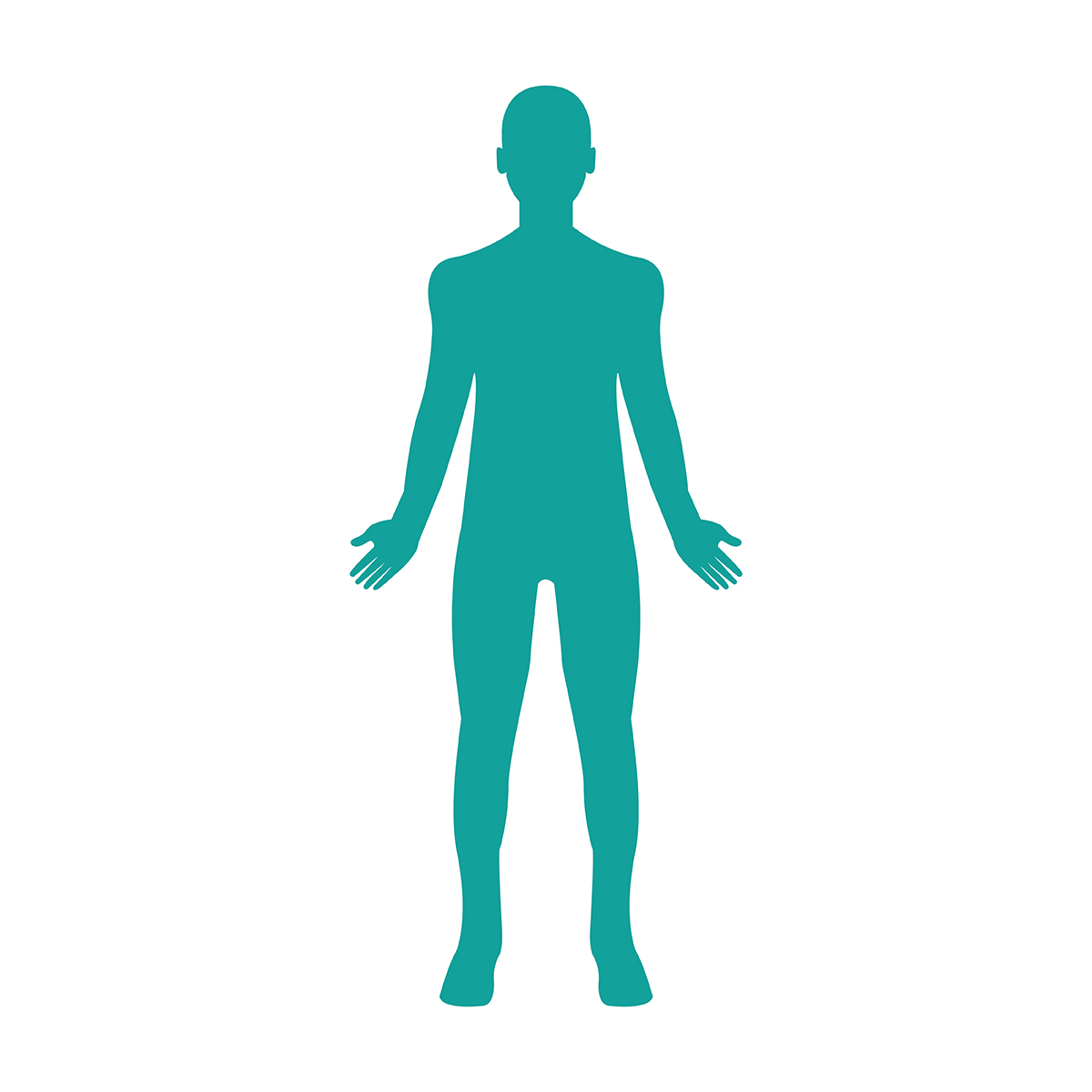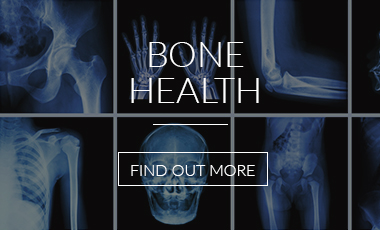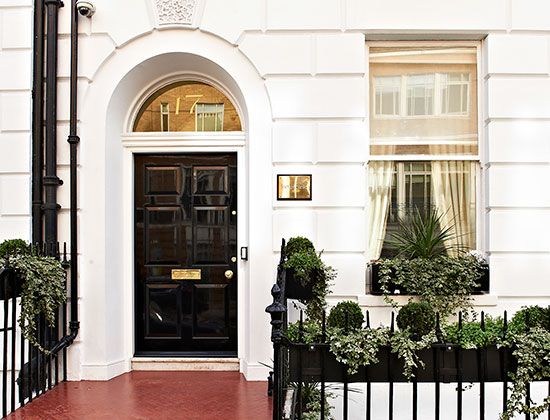Many people have pain in the base of their foot. This could be due to inflammation of one of many different structures in your foot. Common examples are sesamoiditis (inflammation of small bones under the big toe joint) and plantar fasciitis (inflammation of a ligament – like structure which runs the length of the foot).
Pain on standing first thing in the morning is a classic symptom of plantar fasciitis. It is one of the most common problems experienced by runners, accounting for about 10 per cent of running injuries. It often starts with low-grade pain in the arch and/or heel of the foot, and gradually worsens until it is impossible to continue running.
Causes and cures
This type of foot pain is usually caused by a mechanical problem with your feet. Treatment includes rectifying poor foot biomechanics, muscle imbalances, poor training techniques and incorrect footwear. A podiatrist may prescribe an insole and assess your footwear. Persistent problems may require a cortisone injection or surgical intervention.
Flat feet and fallen arches
Flat feet and fallen arches are terms used to describe lowering of the long inner arch of the foot. For a long time, flat feet were thought to be the sign of a poorly developed or structured foot. However, in recent years it has been found that people with flat feet are no more prone to injury or soreness than others. In fact, recent research involving army recruits has shown that recruits with flatter feet tended to suffer less problems than those with normal or high arched feet.
The most critical factor in foot soreness and injury is the way you walk and move, not how flat or high your arches are. If your feet move abnormally while you are walking or standing, this can make you more prone to injuries and foot soreness.
To assess the cause of foot pain it is often best to seek the professional advice of a Sports Doctor, Physiotherapist or Podiatrist.
Plantar Fasciitis
Plantar fasciitis is a common condition. It involves pain arising from the tissues of the sole of the foot, that attach to the base of the heel bone. Here are some simple suggestions that may help you to recover:
Rest – It should not be necessary to rest completely. However try to avoid excessive impact upon the feet that you find makes your pain worse.
Footwear – Comfortable, well cushioned and supportive lace up shoes should be worn.
Insoles – Cushioned heel inserts or insoles placed in the shoe may reduce pain. They can be bought from a good chemist. They should be placed in both shoes.
Ice – Ice, or a bag of frozen peas, placed in a moist tea towel applied to the heel for 10-15 minutes every 2 hours, can help to reduce pain, for example after activity. Gently rubbing the ice pack over the painful area may also help.
Painkillers – Painkillers such as ibuprofen or paracetamol may help to also reduce the pain.
Stretching and exercises
These are very important and should be performed twice daily. 5-8 repetitions per session. Hold each stretch for 20-30 seconds.
Calf stretching – Stand a little distance from a wall. Bed one leg in front of you, with the other straight out behind you. Keep your lower back straight and keep your heel on the ground. Point your toes forward and drop forward on your hip. Hold an easy stretch for 20-30 seconds. Relax.
Deep calf muscle – Keep the same position as above, but lower your hips downward and slightly bend your knee. Keep your heel down. Hold for 20-30 seconds. Relax. Repeat 5-8 times each leg.
Hamstrings – Place 1 foot on a comfortably high level, keep your back straight and gently move your head and shoulders forward. Bending your back can strain it, particularly if you have tight hamstrings.
Arch stretching/massage – Grab your toes and ball of the foot. Pull the toes and foot back until you feel an arch stretch. Hold 20 seconds. Relax. Repeat 5-8 times.
Foot muscle strengthening – Spread out a towel in front of your foot. Use your toes to pull the towel toward you.









